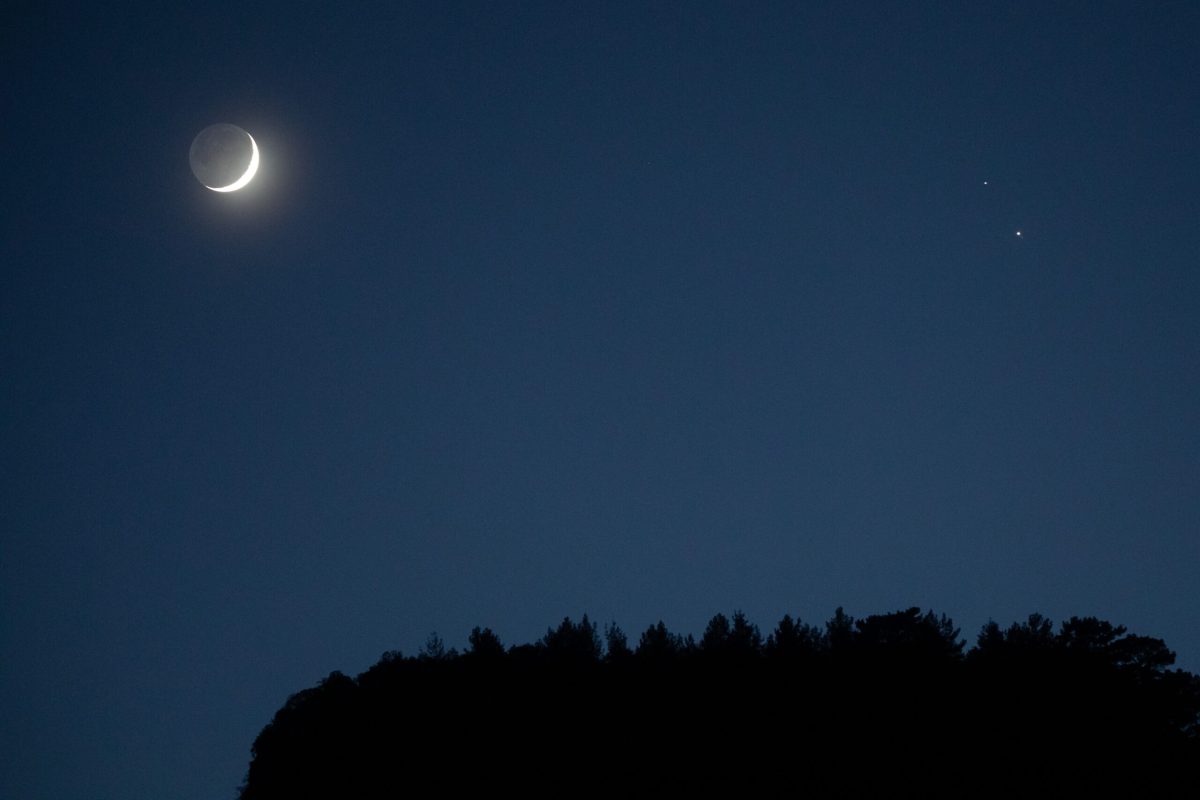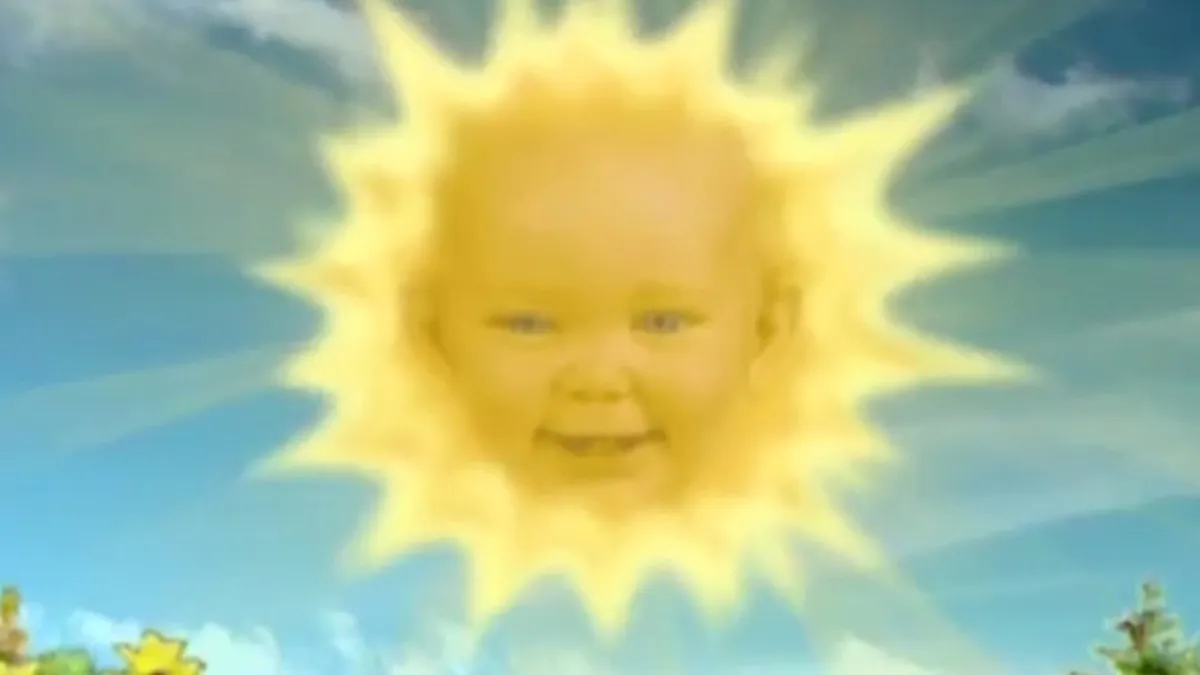Can you feel it? The powerful energies of Jupiter and Saturn beginning to align in the sky, heralding a new era? Is your skin also tingling like mine with the approach of a once-in-a-lifetime celestial event … oh wait. Actually, that might just be the seventh cup of coffee I just drank so, we’ll come back to the cosmic stuff later. But the great conjunction is coming and it’s going to be very cool.
So first off, what is the great conjunction? A conjunction is when two planets appear so close to one another in the night sky that they look like one point of light. In this case, it’s a “great conjunction” because it’s the two largest planets in the solar system, Saturn and Jupiter and this is the first time this celestial event has happened in almost 400 years. Even more importantly, this is the first time the conjunction will happen at night in nearly 800 years.
Yes, the last time these planets were this close in our sky was 1623, but no one has seen them come together like this since the 13th century and that’s … amazing. And it’s happening on the longest night of the year, that’s extremely amazing. While Jupiter and Saturn get close in the sky every 20 years, we won’t be able to see anything where they are THIS close until March 2080!
You can see the beginnings of the great conjunction in the featured photo above, taken yesterday in Turkey! The brighter luminary is Jupiter, which is brighter than any star, and to the left and above is Saturn which will continue to get closer and closer each night.
“You can imagine the solar system to be a racetrack, with each of the planets as a runner in their own lane and the Earth toward the center of the stadium,” Henry Throop, astronomer in the Planetary Science Division at NASA Headquarters in Washington explained on NASA’s blag. “From our vantage point, we’ll be able to be to see Jupiter on the inside lane, approaching Saturn all month and finally overtaking it on December 21.”
Because of the date, some people are calling this a “Christmas star” but, well, planets aren’t stars but it will look very cool if you can see it. And here’s NASA’s tips on how to do that:
- Find a spot with an unobstructed view of the sky, such as a field or park. Jupiter and Saturn are bright, so they can be seen even from most cities.
- An hour after sunset, look to the southwestern sky. Jupiter will look like a bright star and be easily visible. Saturn will be slightly fainter and will appear slightly above and to the left of Jupiter until December 21, when Jupiter will overtake it and they will reverse positions in the sky.
- The planets can be seen with the unaided eye, but if you have binoculars or a small telescope, you may be able to see Jupiter’s four large moons orbiting the giant planet.
And of course, astrologically, this is a big deal as well. Not only are we getting a great conjunction on the solstice, but it’s happening right as both Jupiter and Saturn are leaving the hardworking, heavy sign of Capricorn and moving into the philosophical and revolutionary sign of Aquarius. Astrologer Chani Nichols told the New York Times: “This is the end of an era and the beginning of a new one,” and doesn’t that sound nice? “After this year of restriction and confinement and devastation, there is this feeling of there is some kind of renewal.”
Is this the dawning of the Age of Aquarius then? Uh, well, not really because that’s not quite a thing, but it is the start of a new cycle where Jupiter and Saturn, planet said to rule things like boundaries, power structures, societal norms, and all that stuff are meeting in more liberated air signs for their conjunctions for a while, rather than more restrictive earth signs. The short version: this means change. Globally. Cosmically. Finally.
And honestly, even if you don’t buy into astrology, isn’t the symbolism of these two planets coming together in a sign of change and new thinking, happening on the longest night of the year after the absolute shit show that was 2020 a good symbolic way to reset everything? We’re moving out of one (very crappy era) and into a new one and that’s great.
Here are a few other cool bits of space news from this week:
- Speaking of Jupiter, NASA’s Juno mission may have just solved a 25-year old mystery on the gas giant. (via NASA)
- After the tragic end to the Arecibo radio telescope, China has opened their massive radio telescope to international scientists. (via Space.com)
- Also thanks to China we have the first new specimens from the moon in 44 years! (via Space.com)
(via: NASA, Image: Chris McGrath/Getty Images)
Want more stories like this? Become a subscriber and support the site!
—The Mary Sue has a strict comment policy that forbids, but is not limited to, personal insults toward anyone, hate speech, and trolling.—










Published: Dec 18, 2020 04:31 pm